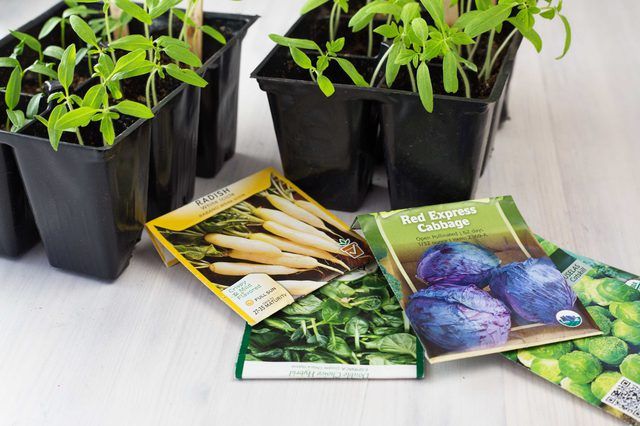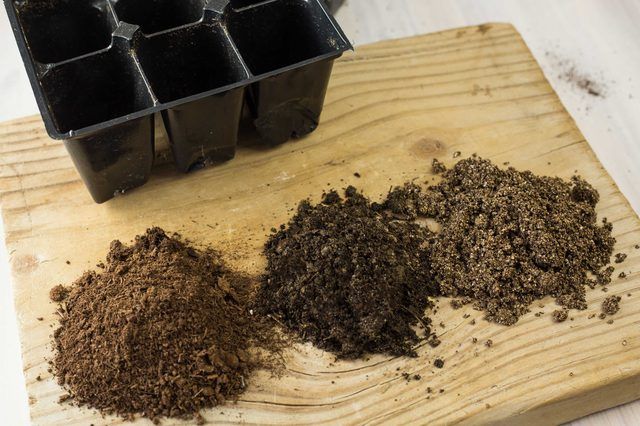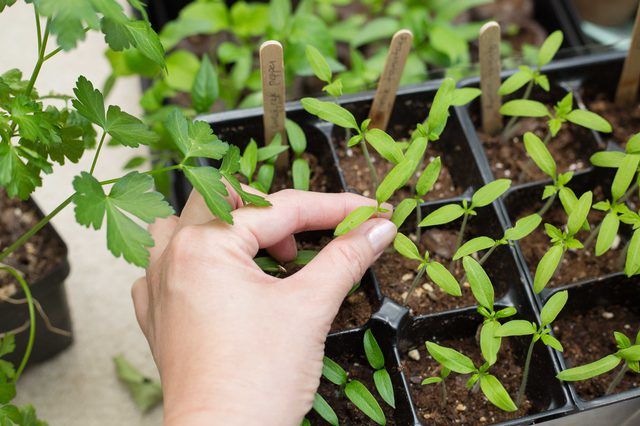Bulbs
Flower Basics
Flower Beds & Specialty Gardens
Flower Garden
Garden Furniture
Garden Gnomes
Garden Seeds
Garden Sheds
Garden Statues
Garden Tools & Supplies
Gardening Basics
Green & Organic
Groundcovers & Vines
Growing Annuals
Growing Basil
Growing Beans
Growing Berries
Growing Blueberries
Growing Cactus
Growing Corn
Growing Cotton
Growing Edibles
Growing Flowers
Growing Garlic
Growing Grapes
Growing Grass
Growing Herbs
Growing Jasmine
Growing Mint
Growing Mushrooms
Orchids
Growing Peanuts
Growing Perennials
Growing Plants
Growing Rosemary
Growing Roses
Growing Strawberries
Growing Sunflowers
Growing Thyme
Growing Tomatoes
Growing Tulips
Growing Vegetables
Herb Basics
Herb Garden
Indoor Growing
Landscaping Basics
Landscaping Patios
Landscaping Plants
Landscaping Shrubs
Landscaping Trees
Landscaping Walks & Pathways
Lawn Basics
Lawn Maintenance
Lawn Mowers
Lawn Ornaments
Lawn Planting
Lawn Tools
Outdoor Growing
Overall Landscape Planning
Pests, Weeds & Problems
Plant Basics
Rock Garden
Rose Garden
Shrubs
Soil
Specialty Gardens
Trees
Vegetable Garden
Yard Maintenance
How to Grow Seeds Indoors Without Soil
How to Grow Seeds Indoors Without Soil. Growing plants from seeds gives you a much larger variety to choose from than the seedlings in the local nursery. However, in many cases seeds need to be started indoors because the weather is too cold to plant outside. Many types of seeds need to be started 9 or 10 weeks before the last frost so they have...
Growing plants from seeds gives you a much larger variety to choose from than the seedlings in the local nursery. However, in many cases seeds need to be started indoors because the weather is too cold to plant outside. Many types of seeds need to be started 9 or 10 weeks before the last frost so they have enough time to reach maturity before the growing season ends. While it is a large time investment, it's easy to grow seeds indoors with a soil-free starter mix.

Seed-starting mixes are finely textured and shouldn't contain the heavy, coarse particles of soil. In a 5-gallon bucket, mix 1 part sphagnum peat moss, 1 part sifted compost and 1 part vermiculite. If available, add 2 cups of worm castings. Use coir as a peat substitute on a 1-to-1 basis if you need to increase the water retention or pH. Sterilize your mix to decrease problems with fungus by putting moist potting mix into the oven at 250 degrees Fahrenheit for 30 minutes.

Planting seeds in separate containers helps to make the transplant process easier, but planting in a flat tray saves space when starting a lot of seeds. Fill your container to 3/4 inch from the top with your soil-free starter mix and moisten. If planting together in a tray, sow the seeds in rows 1 to 2 inches apart.. Larger seeds, like melon seeds, should be planted in separate containers to avoid root damage when transplanting. Cover the seeds with your starter mix to a depth of 2 times the diameter of the seed being sown, then cover the tray with a lid.

Keep the seeds between 65 to 75 degrees Fahrenheit until they germinate and a seedling breaks the surface of the starter mix, then remove the lid. The new seedlings need 14 to 16 hours of light and consistently moist starter mix to grow well. Thin seedlings to one plant per container or one plant every inch in a tray. When the second set of leaves appears, apply half-strength, all-purpose fertilizer for several days, and then apply full strength fertilizer every two weeks until it is time to transplant.

When the outdoors temperature is 45 degrees Fahrenheit or warmer, begin the transition from indoors to outdoors by placing the seedlings outdoors for just a few hours a day, reducing watering and fertilizing at the same time to harden stems without letting the plants wilt. Gradually increase the time the plants spend outdoors for two weeks, when they are finally ready to be transplanted into the garden.
